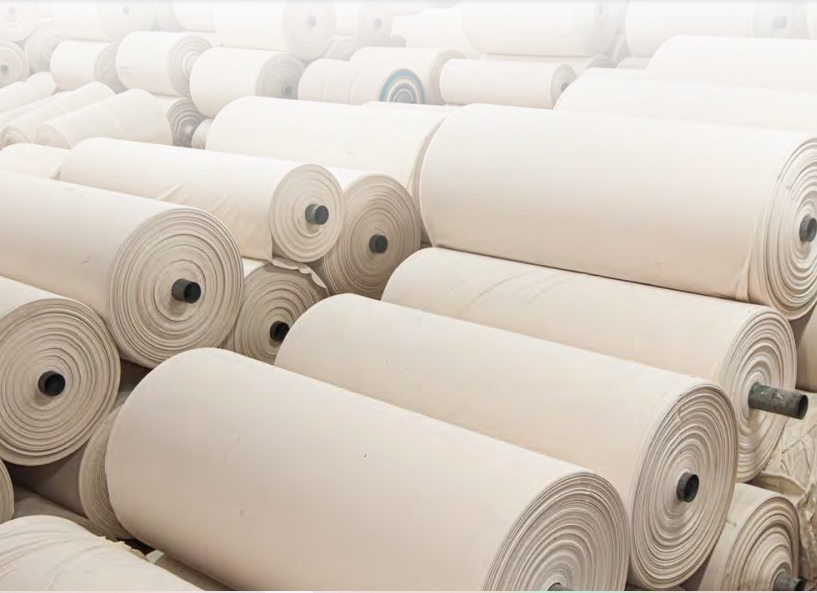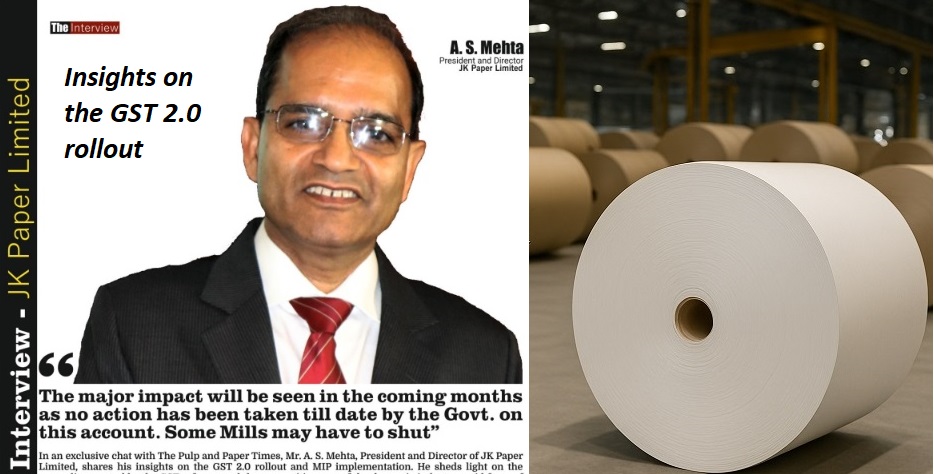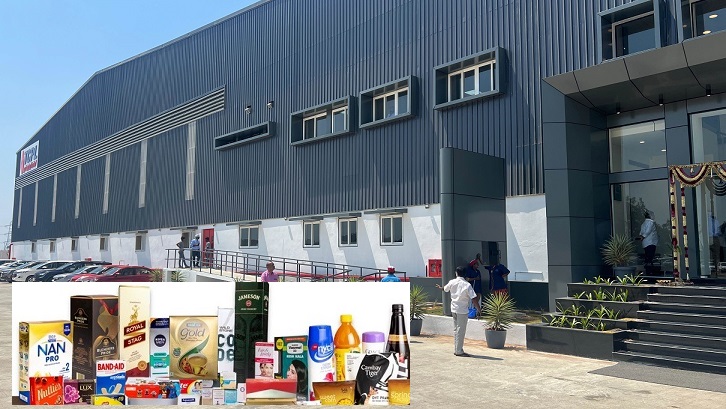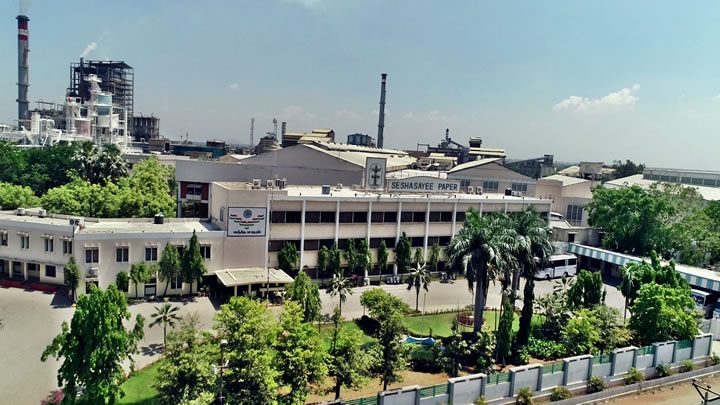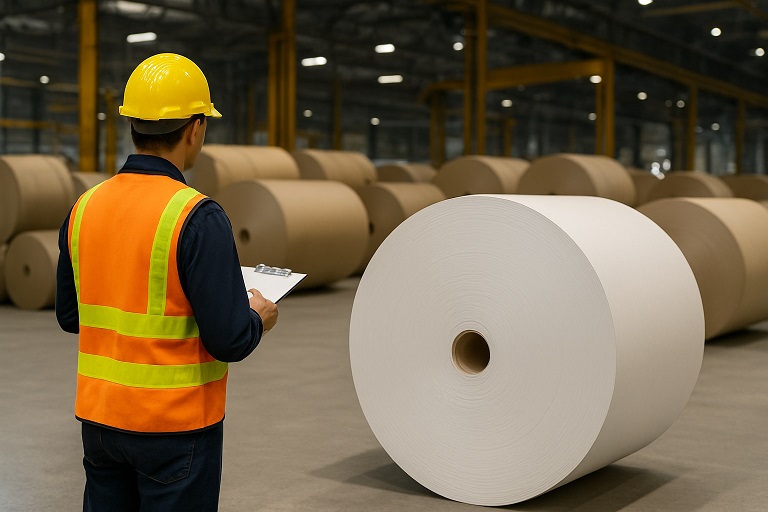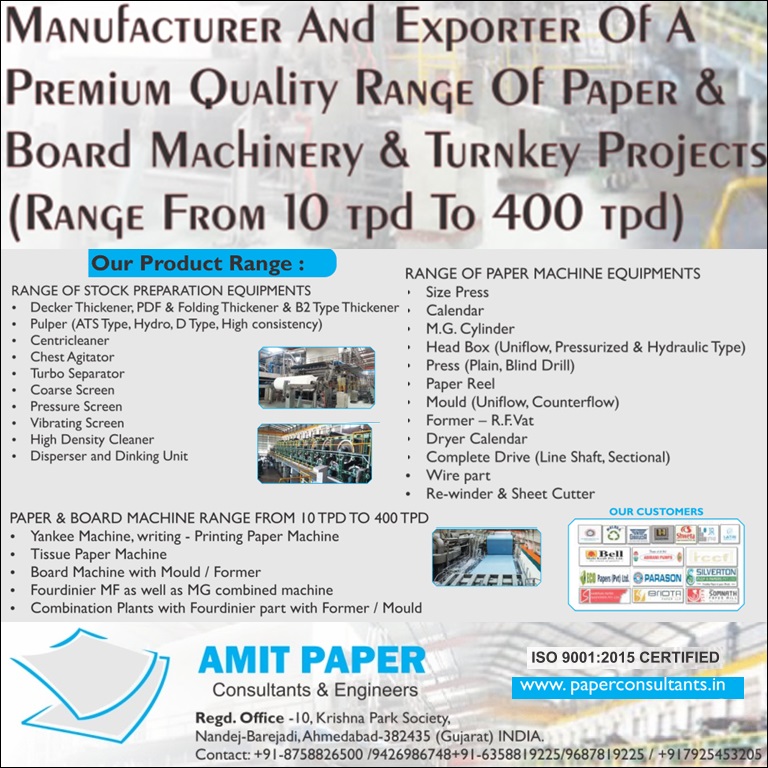From Base Paper to Barrier Coatings: Pudumjee's ED Outlines Roadmap for Greener Packaging
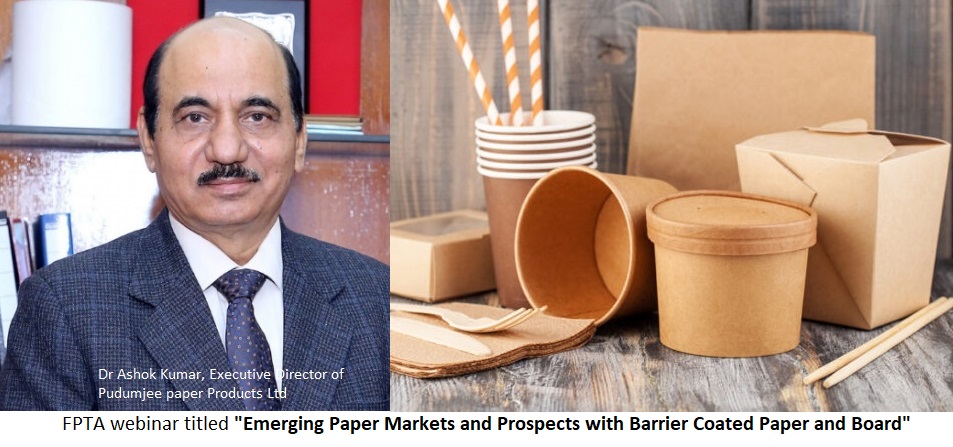
From Base Paper to Barrier Coatings: Pudumjee's ED Outlines Roadmap for Greener Packaging
-Dr. Ashok Kumar Advocates for Quality, Collaboration, and Realism in Paper-Based Packaging at FPTA Webinar on 26th July 2025 as prelude to celebrations of National paper day on august 1.
- The session was also addressed by Prof. Dr. Ramjee Subramanian, Professor, Department of Paper Technology, Indian Institute of Technology (IIT) Roorkee, and concluded with applause from attendees, many acknowledging the transparency and depth of insight shared by Dr. Kumar.
-The webinar was represented by FPTA’s Secretary Mr. Raghav Kothari, along with Mr. Natesan, Mr. Kunal Karia, Mr. Aditya Gupta, and Mr. Ankit Bandi.
The Pulp and Paper Times | Pune, 26th July 2025:
In a comprehensive and passionate address during the Federation of Paper Traders Association (FPTA) webinar titled "Emerging Paper Markets and Prospects with Barrier Coated Paper and Board", Dr. Ashok Kumar, ED of Pudumjee Paper Products, delivered an unfiltered, in-depth overview of the challenges and opportunities within the fiber-based packaging landscape in India. His presentation, rich in technical insight and grounded industry perspective, addressed the future of molded pulp and flexible paper packaging in a world seeking sustainable alternatives to plastic.
High Renewable Content, But With Limitations
Opening with a focus on molded pulp and paper flexible packaging, Dr. Kumar acknowledged their eco-friendliness, particularly their high renewable content and recyclability. However, he cautioned that paper, by nature, lacks barrier properties such as moisture, oxygen, oil, and aroma resistance — all critical for packaging sensitive goods. He emphasized that polymeric coatings are essential to enhance these properties, especially in food and consumer goods packaging.
"Paper is hygroscopic and absorbs moisture unless treated suitably. To overcome this, we need advanced barrier treatments, such as greaseproof coatings, chemicals which impart oxygen transmission ratio (OTR) and water vapor transmission ratio (WVTR) enhancement. And when we use the existing plastic-based converting equipment, the barrier often fail at the fold or print areas," he explained.
Inadequate Equipment and Knowledge Gaps
Dr. Kumar highlighted the incompatibility between current converting equipment, designed largely for plastics, and newer paper-based substrates. He referenced case studies and data from a barrier coating course recently organized in June ‘25 at Delhi, showcasing the complex multi-layered coatings required for effective packaging solutions. He stressed that the lack of proper converting machinery significantly hampers the runnability and barrier properties on coated paper substrates.
“Without the right converting equipment and understanding of barrier performance, even technically sound paper fails during real-world application,” he added.
Role of Stakeholders: Brand Owners Must Take the Lead
Referring to a visit to a local sweets shop in Pune, Dr. Kumar used the example to drive home an important point: “The process has to start with the brand owner. The brand owners decide what kind of packaging they need for safety of the products and as a selling feature. It is to be understood that the Paper mills can only provide suitable quality base paper — they don’t manufacture the final product.” However, he emphasized that the paper mills serve as the first step in the packaging supply chain, providing paper suitable for further coating and conversion.
He appealed to stakeholders — brand owners, paper mills, coating chemical suppliers and converters — to come together. “No one can do it alone,” he stressed. “Collaborative efforts are essential if India wants to develop robust paper-based barrier packaging solutions.”
Challenges in Market Adoption
Discussing the market, Dr. Kumar did not shy away from acknowledging the affordability and availability issues surrounding good quality barrier paper as it exist today. Comparing some poor quality torn brown papers and poor grease proofness of OGR papers with high-quality variants, he criticized the inability of some manufacturers to consistently provide premium material, which ultimately leads consumers and businesses to revert to plastics.
He warned: “Good papers are available, but they come at a price. When people expect good quality strong, clean and odour free paper, it will not come cheaper as expected. Depending on the end use, the paper must be rightly manufactured and marketed to perform like plastic otherwise paper based products will fail to meet customer expectations. That damages the entire industry’s image.”
Industry Readiness and Future Path
Listing available paper grades such as MG/MF unbleached and bleached papers, unbleached kraft, glassine, cup stock, coated duplex board, greaseproof, and siliconized baking papers, Dr. Kumar said that while several options exist, very few currently offer sufficient barrier characteristics for food-grade or premium applications. He mentioned that both online and small offline coating capabilities are slowly expanding across India, and some mills, including Pudumjee, are considering expanding in the area of flexible packaging segment.
He also noted that while some Indian companies now offer PFAS-free OGR (oil and grease resistant) papers, these are presently more expensive than fluoro based products due to the higher cost of PFAS free chemicals as well as their non availability and it will take some time before they become available for mass adoption.
“Like PFAS free OGR papers, barrier papers for high end use applications with multiple coatings are being developed, but they’re not available at the price which is presently expected for such products. Those looking for cheap, high-barrier papers will be presently disappointed,” he warned.
A Global Perspective: India Must Catch Up
Drawing from his experiences by recent visits in Europe, Dr. Kumar expressed concern about the knowledge gap in India at all levels. “For example, he mentioned that a major paper mill producing flexible packaging papers in in Europe had more PhDs/researchers working on barrier paper developments than we probably have in the entire paper industry. They have many years of working experience in this area and the level of research facilities and funds available for development are astonishing. In India, the knowledge is fragmented and individual-driven and the application oriented research is greatly missing.
He reiterated the urgent need for research institutes, paper mills, and packaging players to collaborate, suggesting that the industry and research institutions must significantly invest in R&D and shared innovation hubs to remain competitive.
The Path Forward: No More Blame Game
In a strong concluding note, Dr. Kumar urged the trading fraternity to move past blame games and misinformation. There are individuals who for the sake of publicity at times go to the social and print media giving misinformation about the paper industry. This creates confusion and misunderstanding particularly in the minds of regulatory authorities. At times, there are unverified claims about the market growth or blaming the industry for the lack of quality papers. There are definitely deficiencies in some areas both in terms of quality and price but it will take some time to catch up and need patience. Some individuals or mills in the industry should also refrain from making inflated claims about their manufacturing facilities, environmental scenario etc. The claims like “World class facilities”, “Most environmental friendly company”, “Most sustainable paper making company” etc are not verified by any agency and in fact should be used with lot of caution and responsibility. Be responsible in what we all share in the media. We need realism, not wishful thinking.”
He emphasized patience and teamwork. “Let us stop crying over prices all the time and start working on quality. Yes, paper-based solutions will grow, but not overnight and not at the level of plastic based product prices except for some established plastic based packaging. It’s an emerging space — let’s give it the time, investment, and collaboration it deserves.”
A Call to Action
Dr. Kumar’s address served as both a reality check and a roadmap. His closing remarks underscored a spirit of mutual respect and interdependence among stakeholders:
“You are there because we are there, and we are there because you are. Let’s work together to build this segment. The future is good — for all of us.”
The session was also addressed by Prof. Dr. Ramjee Subramanian, Professor, Department of Paper Technology, Indian Institute of Technology (IIT) Roorkee, who gave the inputs on approach road to develop packaging using Paper and showcased the ample opportunities in FMCG segment globally. He emphasised on thinking Innovation around circularity and developing the barrier paper products by knowing functional requirements of end products and having them build up in paper structure.
The webinar concluded with applause from attendees, many acknowledging the transparency and depth of insight shared by Dr. Ashok Kumar.
The webinar was represented by FPTA (Federation of Paper traders’ association of India) and was conducted by convenor of Consumer relations committee, Mr. Aditya Gupta ( Director, Narsingh Dass & Co. Pvt. Ltd.) and convenor of public awareness & education committee ,Mr. Natesan along with FPTA Past President, Mr Mehul Mehta, hon. Secretary Mr. Raghav Kothari, Treasurer, Mr. Kunal Karia and member, Mr. Ankit Bandi.
Web Title: From Base Paper to Barrier Coatings: Pudumjee's CEO Outlines Roadmap for Greener Packaging





 Join WhatsApp Group
Join WhatsApp Group Join Telegram Channel
Join Telegram Channel Join YouTube Channel
Join YouTube Channel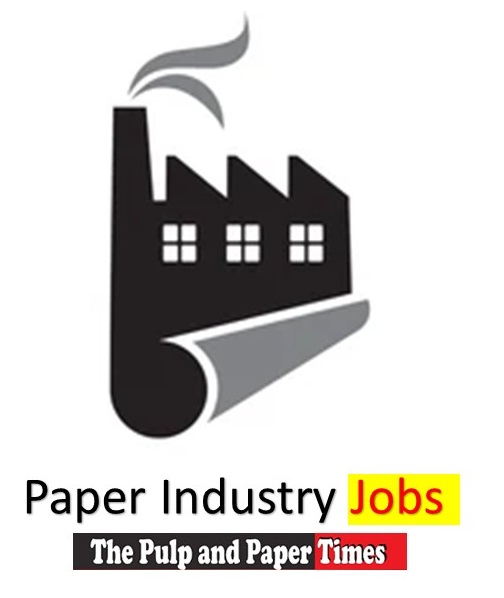 Join Job Channel (View | Submit Jobs)
Join Job Channel (View | Submit Jobs) Join Buy Sell Channel (Free to Submit)
Join Buy Sell Channel (Free to Submit) Paper News Headlines Channel (Free to read)
Paper News Headlines Channel (Free to read)






